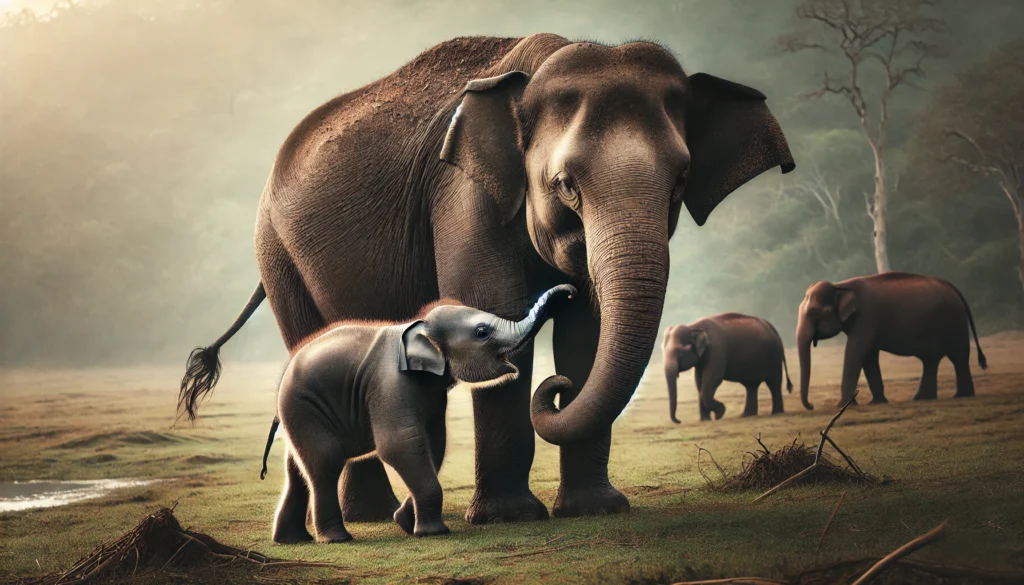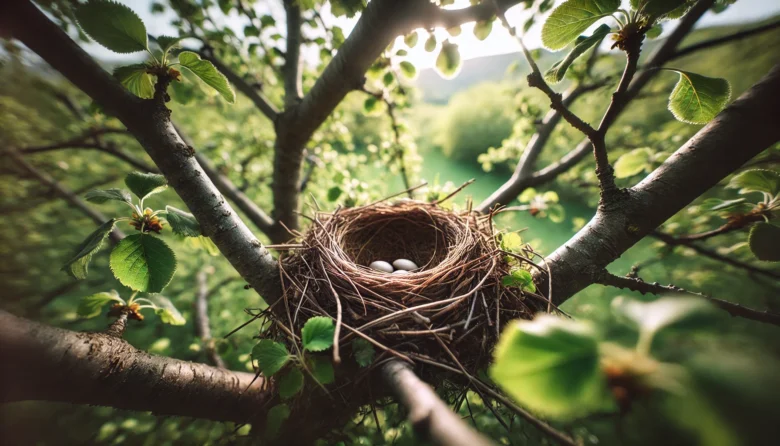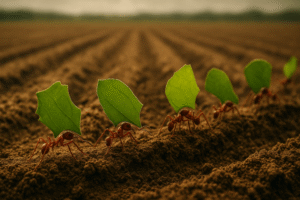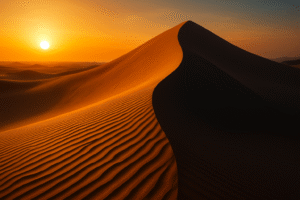Wildlife photography is a beautiful art form that allows us to capture the essence of nature in stunning images. However, with this beauty comes a great responsibility. The ethics of wildlife photography are crucial to ensure that our actions do not harm the subjects we aim to celebrate. These ethical considerations are essential in India, where biodiversity is rich and varied.
Understanding Wildlife Photography Ethics
When we discuss the ethics of wildlife photography, we refer to the moral principles that guide our behavior in the field. These include respecting the animals, their habitats, and the laws designed to protect them. By following ethical guidelines, photographers can ensure their work does not negatively impact wildlife.
Respecting Animal Welfare
The first rule of ethical wildlife photography is to prioritize the welfare of the animals. This means avoiding any actions that might cause them stress or harm. For example, flash photography can disrupt nocturnal animals, while getting too close can cause distress or even provoke an attack. Always use a telephoto lens to maintain a safe distance.
Protecting Natural Habitats
Another critical aspect is protecting wildlife’s natural habitats. Avoid trampling on vegetation, disturbing nests, or leaving litter behind. Remember, we are visitors in their homes, and our presence should be as unobtrusive as possible. In India, many wildlife areas are already threatened by human activities, so photographers mustn’t add to the problem.

Legal and Ethical Considerations
India has several laws to protect its wildlife, and photographers must know these regulations. The Wildlife Protection Act of 1972 is crucial legislation that aims to safeguard the country’s diverse species. Photographers should also be mindful of local rules and guidelines in national parks and wildlife sanctuaries.
Avoiding Disturbance
Disturbance can be anything from making loud noises to using drones without permission. Such actions can disrupt animals’ natural behavior, affecting their feeding, mating, or nesting activities. Always seek permission from authorities before using drones, and be aware of the specific rules in each location.
No Baiting
Baiting, or using food to attract animals for a better shot, is highly unethical. It can alter the animals’ natural behavior, make them dependent on human-provided food, and even lead to conflicts between humans and wildlife. Actual wildlife photography requires patience and respect for the animal’s natural behavior.
Promoting Conservation Through Photography
One of the most potent aspects of wildlife photography is its potential to promote conservation. By capturing the beauty and fragility of wildlife, photographers can raise awareness about the need to protect these species and their habitats. Many photographers collaborate with conservation organizations to use their images for educational and fundraising purposes.
Ethical Storytelling
Ethical wildlife photographers strive to tell the real story of the animals and their environment. This includes highlighting their challenges, such as habitat loss, poaching, and climate change. By presenting an honest portrayal, photographers can inspire others to take action in support of conservation efforts.
The Role of Social Media
In today’s digital age, social media plays a significant role in wildlife photography. Platforms like Instagram and Facebook allow photographers to reach a broad audience. However, with great reach comes great responsibility.
Avoiding Misleading Content
It’s essential to avoid posting misleading or sensational content that could harm wildlife. For example, sharing images of animals in distress without context can lead to unnecessary fear or misinformed actions by the public. Always provide accurate information and context with your photos.
Educating Followers
Use your platform to educate your followers about the importance of ethical wildlife photography. Share tips on photographing wildlife responsibly and highlight the conservation issues faced by the species you photograph. Doing so can create a community of informed and responsible wildlife enthusiasts.
Conclusion
Wildlife photography is more than just capturing beautiful images; it’s about respecting and protecting the natural world. By adhering to ethical guidelines, photographers can ensure that their work contributes to conservation efforts rather than causing harm. The ethics of wildlife photography are crucial for maintaining the delicate balance of our ecosystems, especially in a biodiverse country like India. Let’s strive to be responsible stewards of nature, capturing its beauty while preserving it for future generations.
Author’s Note
Thank you for reading this blog on the ethics of wildlife photography. Let’s all do our part to ensure our photography positively impacts the world.
G.C., Ecosociosphere contributor.
References and Further Reading
- Wildlife Photography Ethics
- The Dos and Don’ts of Wildlife Photography
- See Past Winning Photographs From the Wildlife Photographer of the Year | Smithsonian Voices | National Museum of Natural History Smithsonian Magazine. https://www.smithsonianmag.com/blogs/national-museum-of-natural-history/2021/11/04/see-past-winning-photographs-from-the-wildlife-photographer-of-the-year/
- Waking Eyes, Changing Minds: How Photographers Shape Public Opinion on Environmental Issues – ImageGallery. http://imagegallery.nyc/waking-eyes-changing-minds-how-photographers-shape-public-opinion-on-environmental-issues/




